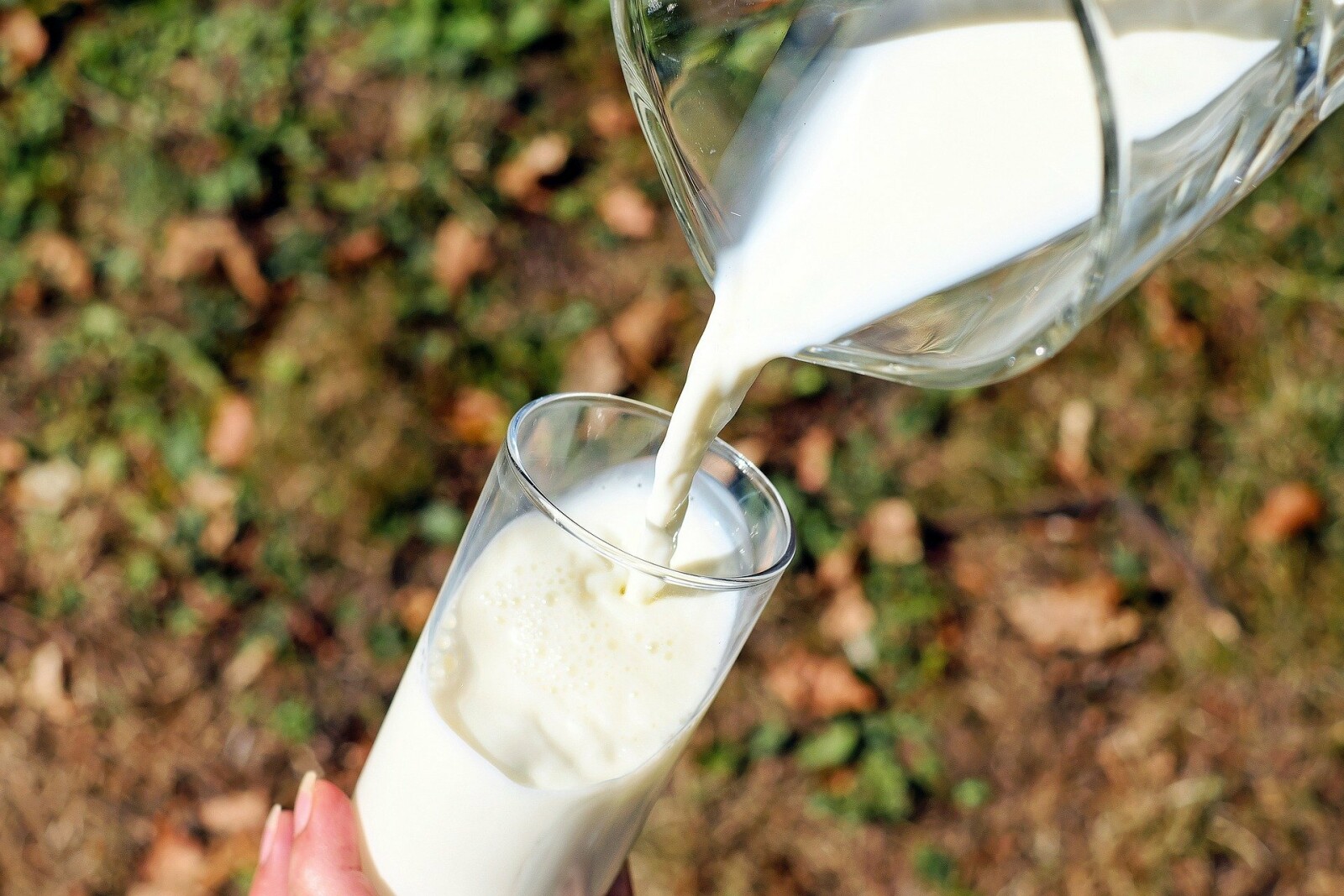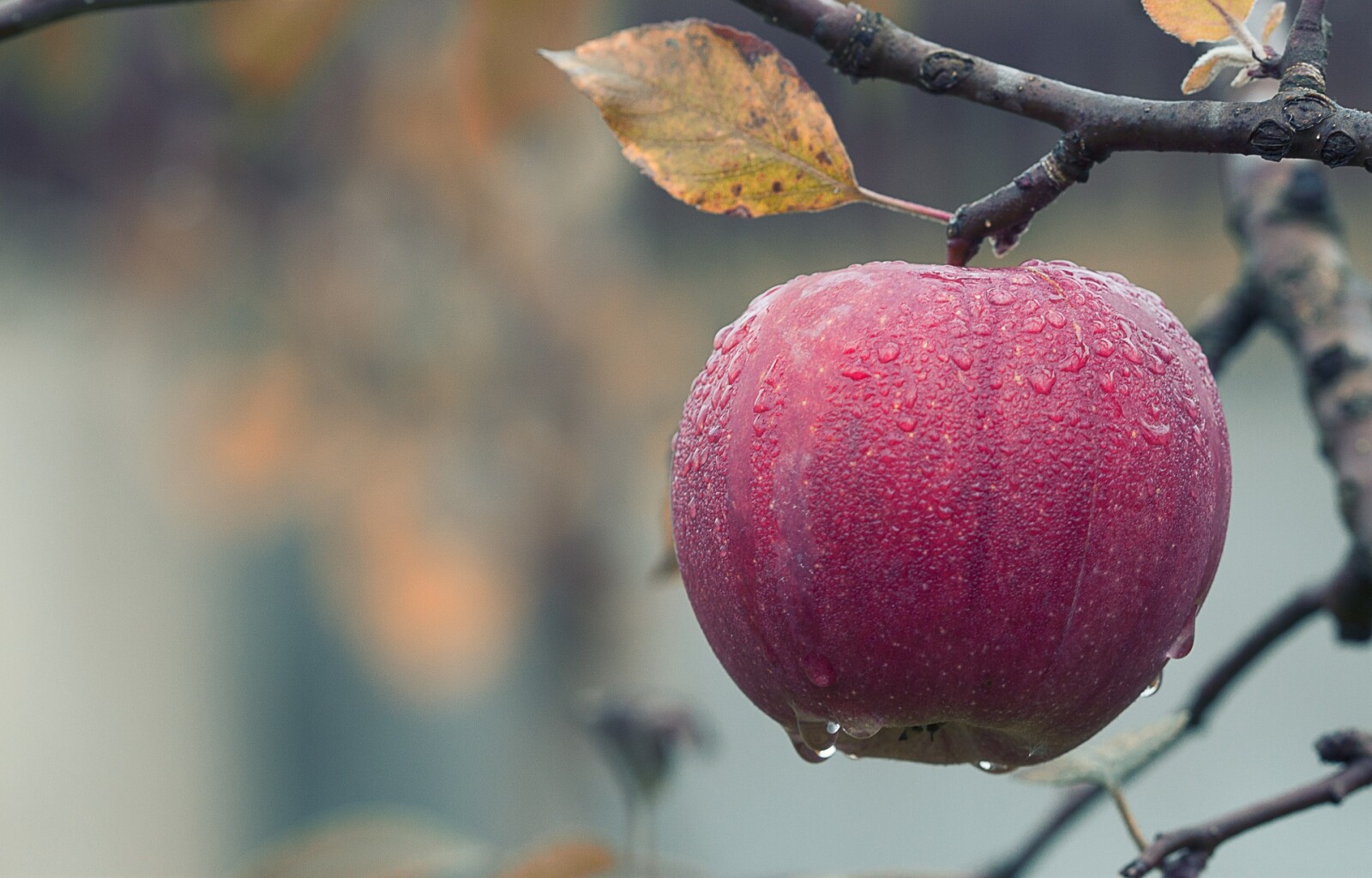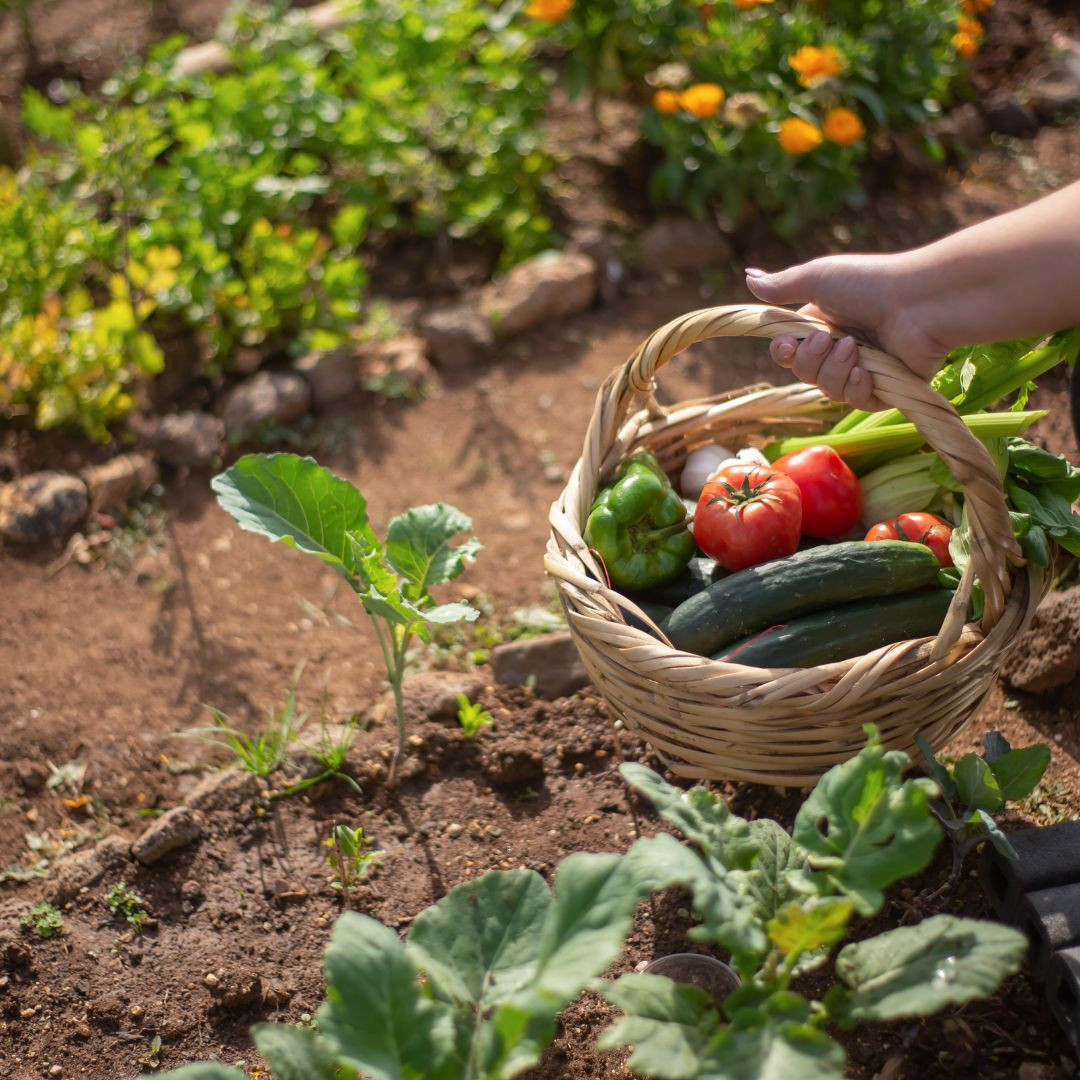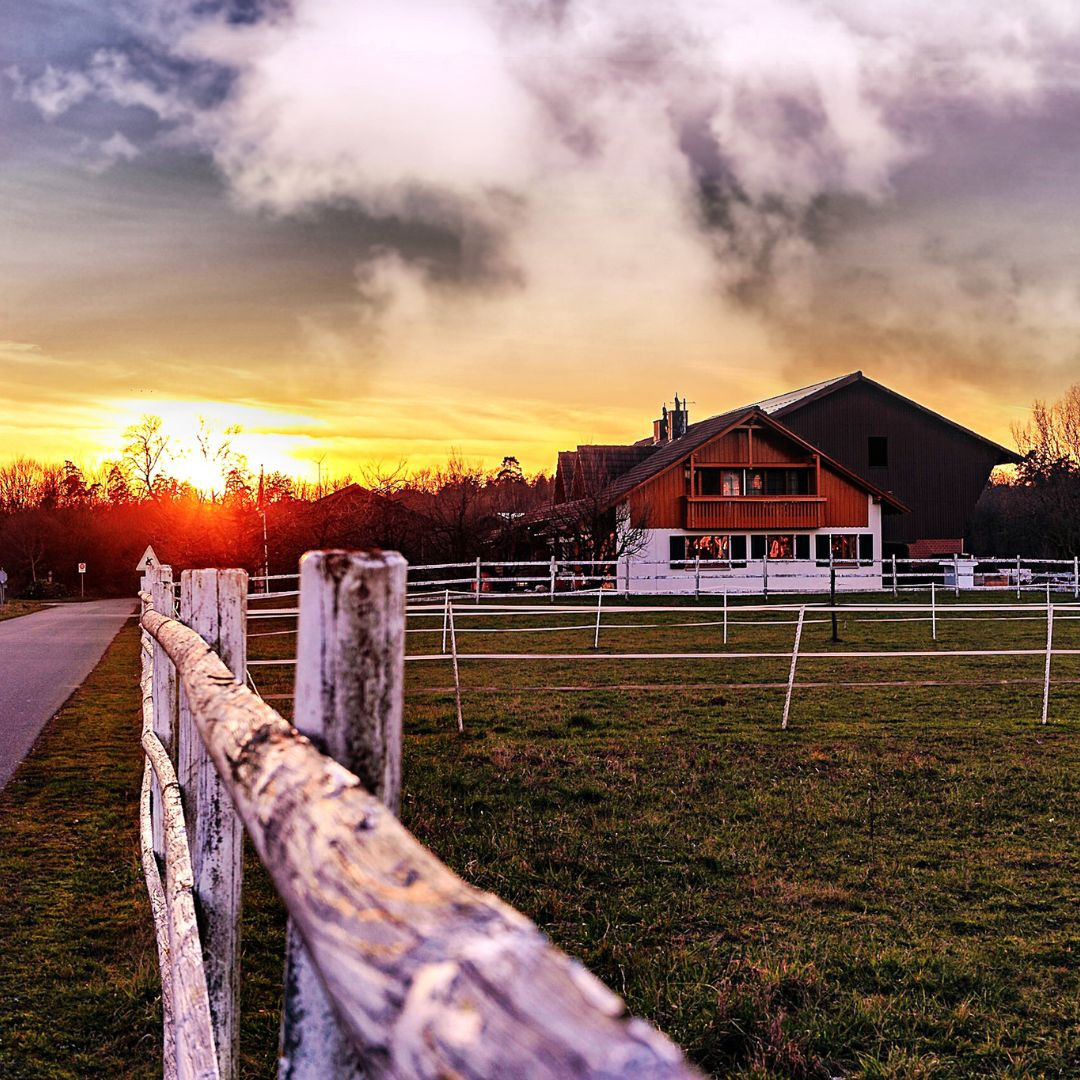
This post may contain affiliate links, which means that I may receive a commission if you make a purchase using these links, with NO additional cost to you.
A trip through the grocery store can be so confusing! So many labels anymore, on everything, but what do those labels really mean? Is the product really better or safer if it has a particular label? The past couple weeks I covered meat and eggs labels found in the store and break them down for you. This week I am covering milk labels.
100% Grass fed –It means the animal has not been fed grain or grain byproducts and had continuous access to pasture during growing season. They are permitted to consume hay during the months grass is not growing (winter). This label is a challenge for dairy as meeting the nutritional requirements of the high producing cows on forage alone is difficult.
RBST/hormone free – In 1994 a synthetic hormone was developed to boost cows milk supply called rBST. Today it is seldom used due to consumer demand, and the relatively low added return of milk, for the price of the drug. This label is highly controversial and not allowed in many states.
Antibiotic free – This is a tricky label, as it is slightly miss leading. All milk is antibiotic free as far as residue. If a cow is given antibiotics for infection, her milk is dumped until the time residue is no longer found in the milk (withdrawal period). This label does not mean the cow producing the milk has never had antibiotics. So, it is essentially an extra label that means nothing. Pure marketing.
Organic – In 2010 the regulations for USDA Organic became stricter. Currently, to be labeled organic, milk must come from cows fed feed of chemical fertilizers, pesticides or genetically modified plants, no added hormones or antibiotics. They mush have access to the outdoors throughout the year, pastured for at least 120 days per year, 30% of their diet from pasture grass. Cows also must have been in an organic environment for at least 12 months prior to the milk being sold as organic. Any cows given antibiotics must leave the herd within one year.
Lactose free – This is a label that is growing in popularity due to the increase in people with food intolerances. Lactose fee milk or cheese or ice-cream, is dairy that has had the lactose taken out of it. Be aware however, lactose free does not mean dairy free! When dealing with dairy sensitivity, it may be the lactose or casein (2 proteins in found in dairy) causing issues.
Ultra-pasteurized – This simply means the milk was heated to 280 degrees for a minimum of 2 seconds (compared to 161 degrees for 15 seconds for standard pasteurizing). This kills virtually all bacteria found in the milk, but also denatures many of the proteins and all enzymes.
In many areas you can find small producers who will sell milk directly. Depending on the state you live in however, will determine how difficult it is to find and what you are able to buy.
Wanting a community to lean into? Join the FREE Courageous + Purposeful Mommas group! This community is for the Mommas, mommas to be, in the midst of raising, and kids grown, looking for tips on building your family up and providing for them through natural methods. Tips include: gardening, bulk buying, caning,/preserving, livestock, homesteading, and home remedies. Your family is precious, and this group is to help you gain the knowledge and tools to keep your family well and not reliant on outside professionals. Remedies and tips are easy and simple for the busy momma, time is precious after all, including pregnancy, birth, young kids, and illness. Trust your Momma gut again! This community offers the resources + community you need to help get started on your journey and prepare for whatever future you envision.
Click here to get the stories straight to your email:
For more on wellness tips click here:
For more on homesteading on your budget click here:
For more simple DIY updates click here:















0 Comments